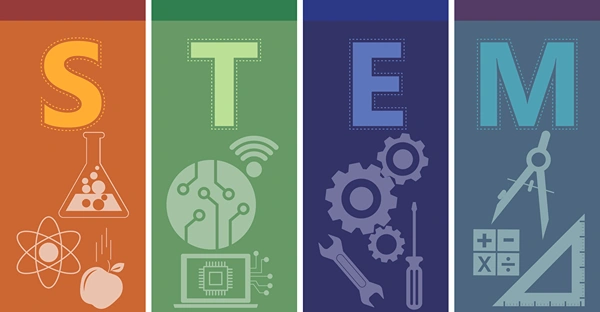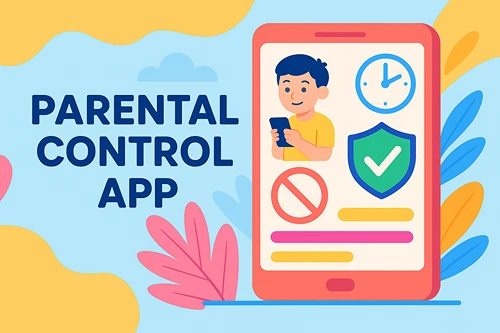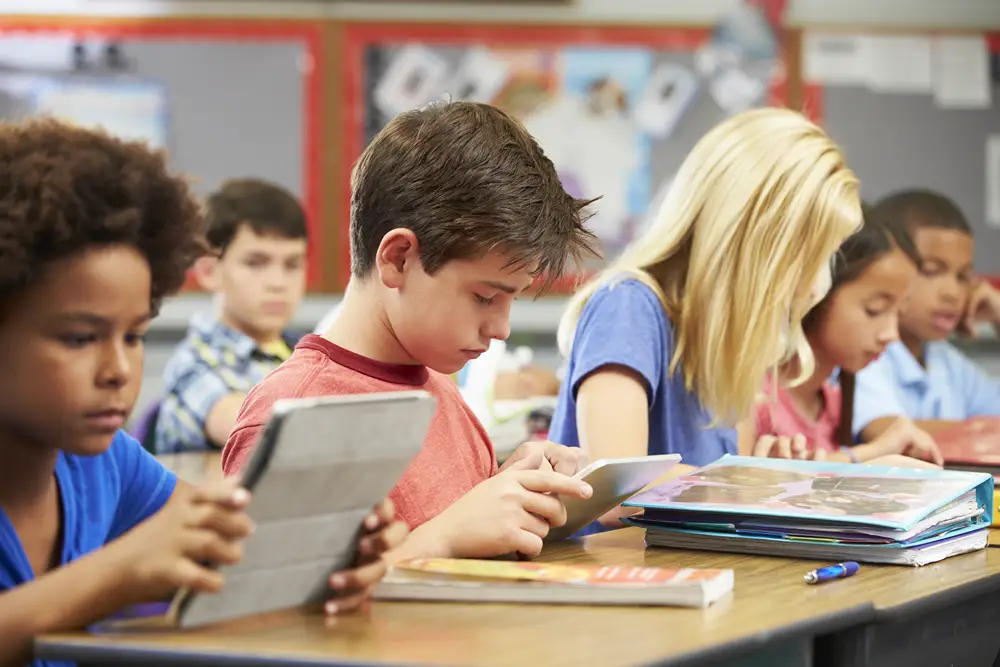Montessori Method and Its Impact on Teens
Adolescence is a threshold: motivation surges and dips, identity takes shape, and peers matter as much as grades. Families and schools often ask how to offer structure without stifling curiosity—how to make learning feel relevant instead of performative.
The Montessori approach, designed as a continuum from birth through young adulthood, gives a practical answer rooted in dignity, responsibility, and authentic work.
For a fuller backstory, read Maxmag’s in-depth tribute to Maria Montessori, then come back here for what it looks like in practice. For readers weighing options, this article translates those principles into the adolescent years (12–18) and shows how a well-run program builds confidence, scholarship, and community life without slipping into either permissiveness or grind.
What Is the Montessori Adolescent Program?
The Montessori adolescent program is the 12–18 extension of the continuum, often informed by the Erdkinder model—a school community that integrates academics with meaningful responsibility and stewardship. A thoughtfully prepared environment for teens (studios, labs, gardens, kitchens, micro-enterprises) signals trust: “Your work matters.” Instead of isolating teens by age, Montessori organizes mixed roles and collaborative work cycles that mirror adult life in safe, scaffolded ways.
Identity, Confidence, and Community
Teenagers are asking, “Who am I and where do I belong?” The Montessori adolescent program meets that question with visible roles—editor, steward, archivist, crew lead—inside a community that notices and needs their effort. Accountability is relational rather than merely transactional, which nurtures social-emotional development through daily practice: listening, negotiating roles, giving and receiving feedback, and repairing mistakes when they happen.
A core outcome is teenage autonomy—not freedom without limits, but choice with purpose. Teens co-design projects and daily schedules within clear structures. Confidence grows less from praise than from evidence: a revived garden, a publication that ships, a community event executed well. As they see themselves as competent contributors, peer belonging and self-respect rise together.
Real-World Work That Powers Learning
Within the Montessori adolescent program, many sites run small ventures—farm stands, cafés, publications, design studios—where budgeting, marketing, and production anchor academic goals. This is experiential learning in honest form: success is measured by quality, sustainability, and customer satisfaction, not just a grade. Within that frame, project-based learning for teens flourishes. A climate report becomes a public exhibition; a literature seminar culminates in a staged reading; statistics refines a campus compost system. Projects are iterative, public-facing, and assessed with rubrics balancing craft, content, collaboration, and reflection.

Rigor, Coherence, and Readiness
Rigor in Montessori means depth and intellectual honesty—reading like scholars, writing with evidence, and reasoning with precision. The Montessori adolescent program ties theory to application: algebra informs pricing and cost models; biology drives habitat restoration; rhetoric shapes advocacy for local issues. For context on how foundational habits shape adolescent outcomes, the University of Cambridge has reported on a study of reading for pleasure in adolescence that links early reading to stronger cognition and better mental health—helpful evidence for families weighing program quality.
Just as importantly, teens practice executive functions—scoping work, setting milestones, managing calendars, and revising in response to critique—so transitions to university or work feel like a step up, not a leap into the unknown.
Rhythm, Wellbeing, and Digital Life
Montessori communities design for rhythm: protected work cycles, physical movement, and quiet reflection. Community meetings establish norms; restorative practices address conflict. Rather than escaping modern life, teens learn to engage it wisely—examining media claims, practicing civil discourse, and setting boundaries around technology, sleep, and study habits that will outlast school. As reporting by The Telegraph notes, later school start times can support adolescents’ alertness and performance—insights that dovetail with Montessori’s respect for developmental biology.
Equity and Belonging
Because adolescents crave belonging, inclusive design is non-negotiable. Mixed abilities, cultural humility, and student voice are baked into routines. Older students mentor younger peers; alumni return to describe real-world paths. Belonging is treated as a prerequisite for learning, not a reward granted after achievement.
Practical Ways to Start (for Families and Schools)
- Visit and observe. Do teens have real roles? Is the work consequential beyond grades?
- Look for coherence. Are humanities, science, and math connected by shared projects and questions?
- Ask about feedback. How often do students revise work after critique?
- Redesign spaces. Studios, gardens, and common areas should invite responsibility, not passive consumption.
- Invest in adult learning. Teachers shift from directors to facilitators; that requires training and time.
Bottom Line
Adolescence is not a holding pattern—it’s an apprenticeship into adulthood. A well-designed Montessori adolescent program offers purpose, responsibility, and connection so teens don’t just perform learning—they inhabit it. The result is durable motivation, stronger scholarship, and a clearer sense of self and community.






